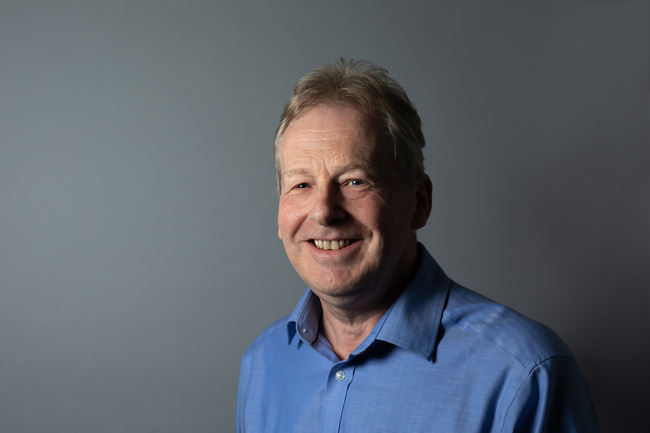The anticipation is building as the first big moment of election night approaches. The exit poll, known for its impressive track record and ability to predict the outcome of the general election with a margin of only a few seats, will once again play a crucial role in the coverage of Election 2024 by broadcasters, including Sky News. Developed in 2005 by Professor John Curtice and statistician David Firth, the exit poll proved dependable in previous elections, with the exception of 2015 when it suggested a hung parliament and David Cameron won by a narrow majority.
Commissioned by Sky News, the BBC, and ITV News, the exit poll is conducted by IPSOS UK, with interviewers stationed at 133 polling stations across the country this year. After casting their vote, individuals are asked to privately fill out a replica ballot paper and place it into a ballot box before leaving the polling station. This method, along with the scale of the poll, sets it apart from other surveys that have been conducted prior to election day.
Michael Clemence, from IPSOS UK, explains, “We’re going to be conducting over 17,000 interviews on the day. And we’re dealing with people’s behavior. So we’re not asking people how they intend to vote, we’re talking to electors who have just voted and asking them exactly what they did. This eliminates the margin of error in prediction polling.”
Due to limited resources, researchers can only cover a fraction of the total constituencies in England, Scotland, and Wales. Therefore, locations are carefully chosen to reflect the demographics of the country, including both urban and rural areas. Many of the selected locations are in marginal seats where the swing between the main parties will be closely monitored. These same polling stations are targeted every election year, allowing for a comparison of the swing from the previous exit poll and other constituency-level data.
Throughout the day, data collected at the polling stations is sent back to IPSOS UK at various stages and processed before being securely transmitted to the broadcasters’ statisticians and political scientists. These individuals are sequestered in a secret location in the capital, where their phones are confiscated and they are cut off from the outside world. Professor Will Jennings, Sky News election analyst and political scientist, describes the experience, “As people are still going to the polls, we already have a sense of what the result will be.”
Inside the sealed and secret room, experts will be closely examining the change in voter behavior. “We’ll model the change in the vote at each of those polling stations and try to identify patterns and characteristics of constituencies that may predict the overall outcome,” says Prof Jennings. Factors such as the percentage of the constituency that voted to leave in the Brexit referendum, the number of individuals in working-class jobs, and car ownership will all be considered in the analysis.
By 10pm, the experts’ work is complete, and the results of their data gathering and analysis are being eagerly awaited and analyzed. The exit poll provides the first real glimpse of the electorate’s verdict, and it will set the tone for the rest of the election night coverage.
Follow Jack and Sam’s Politics on your preferred podcast platform for more election updates and insights. Additionally, the fate of the Tories will also be determined by the performance of the Reform party. “We will throw a lot of different variables at the data during the day to explain as much variation as possible and ensure the most reliable estimates,” adds Prof Jennings.








